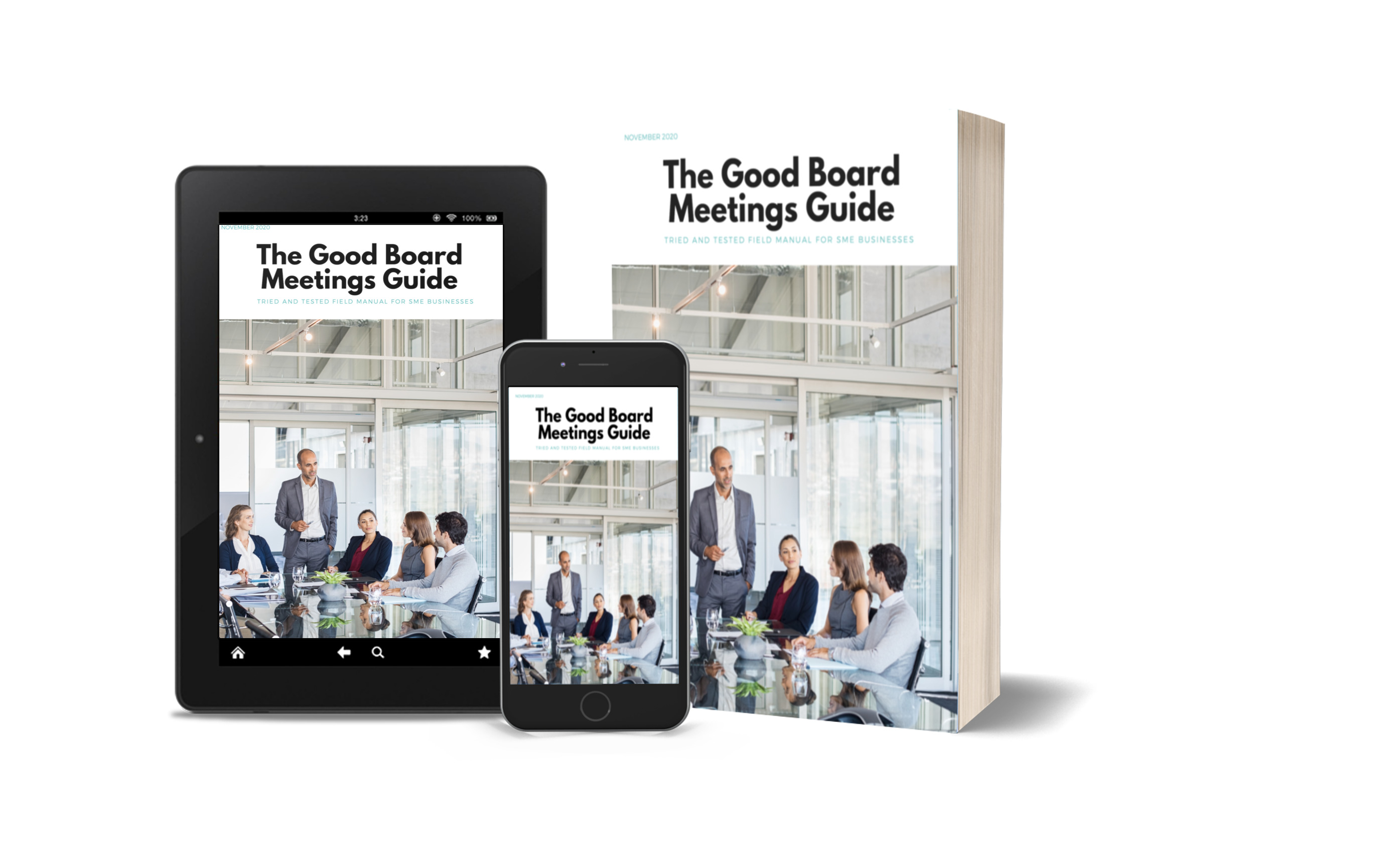How does a Wellmeadow Board Meeting Work?
Everyone does board meetings slightly differently, so we have tried to bring some best practice in to the ones we are in to make them as useful as...
Wellmeadow supports ambitious companies with business growth enabled by HubSpot.
We've worked with over 100+ businesses at board-level across sectors such as automotive, manufacturing, healthcare, legal, SaaS, and professional services.

%20(A4).png?width=71&height=100&name=portrait%206-box%20model%20diagram%20(1170%20x%207051%20px)%20(A4).png)

-1.png?width=70&height=70&name=Square%20(1)-1.png)

Board meetings are both essential for the effective running of a company and universally disliked for their drain on time. Here we bring together our advice on how to prepare and run effective board meetings, specifically aimed for owner-managed small and mid-size companies rather than plcs or large conglomerates.
We chair around 250 board meetings per year, mainly for companies from £5m to £50m sales, and we have refined an approach which we have summarised in this e-book so that you can adopt best practice in your company. Over more than 15 years we have shown that this drives better accountability, gets more actions completed on time and leads to shorter more effective meetings.
We have organised the book around these key chapters:
or read it online here
In the book we argue that running board meetings is a skill that needs to be practised and that good preparation is as important as the effective running of a board meeting itself.
The opening chapter covers the purpose of the board meeting, and addresses the common view that they are not as necessary for smaller businesses. The invitee list, frequency and timing are all discussed.
We talk not only about the need for a good agenda generally, but also how this should be structured to balance the governance points with the need to review performance of the day to day business operations as well as the strategic projects. It acknowledges that getting the reports submitted and distributed on time is a challenge and offers some tips.
There is a whole chapter on how to write a good board report, including some ideas on templates and the principles you should try to adopt.
In the section on actually running the meeting, we cover the main roles in the meeting, the importance of timekeeping and how to master it, and the contentious area of whether to allow laptops or not.
Minute taking is a key role in any meeting, but more so in board meetings due to the legal ramifications. It is far from a job that should be delegated to the most junior; we argue that the most senior person should control the official record. There is no better way than for someone knowledgeable with responsibility to take the notes, live and then publish the minutes without needing a third-party review, straight after the meeting.
Finally we close with a chapter talking about meeting software, which could be a whole book in itself. We use our own which is publicly available, but there are lots of good ones out there.
We hope that you find the book useful and we would welcome your comments and ideas for the next edition.
Good luck with your board meetings.
The ebook is a nicely presented summary of this article in pdf format. It will be emailed to you and you are free to share it with your colleagues. We also have a limited stock of printed versions and you can request one of these to be posted to you on the download form.
You can read the whole book online here.

Everyone does board meetings slightly differently, so we have tried to bring some best practice in to the ones we are in to make them as useful as...

When it comes to setting an agenda for your next board meeting, allocating a time estimate for each item can be somewhat controversial. Agenda...

Meeting minutes aren’t only to formally record discussions and actions decided by the board, they’re also essential ways to provide motivation, give...